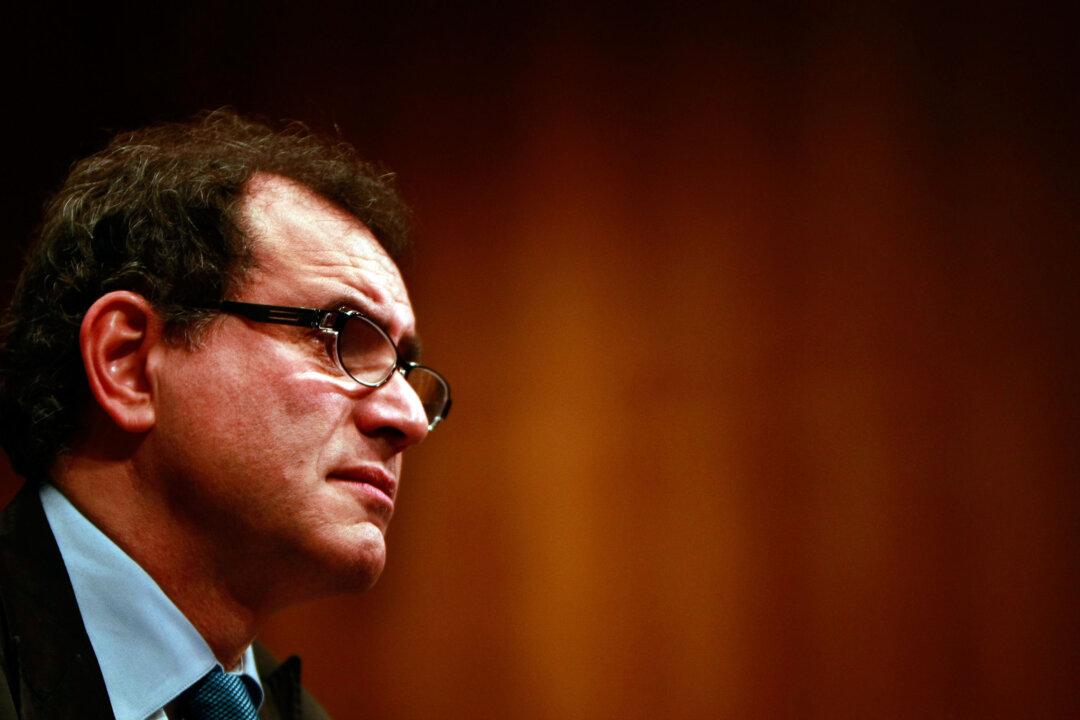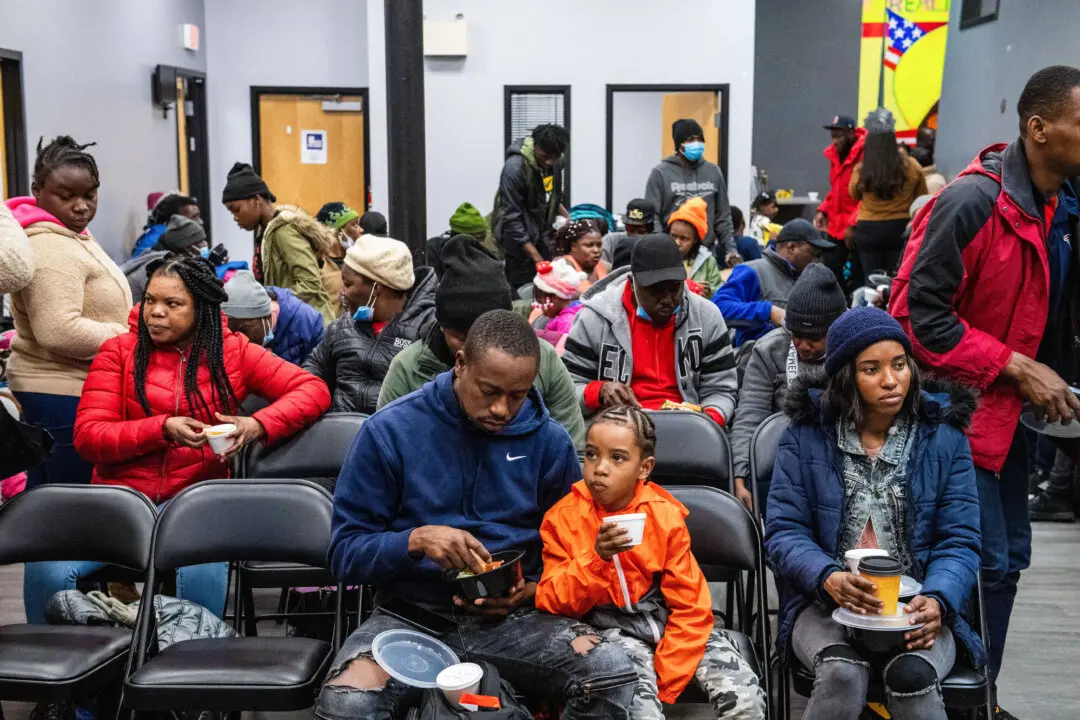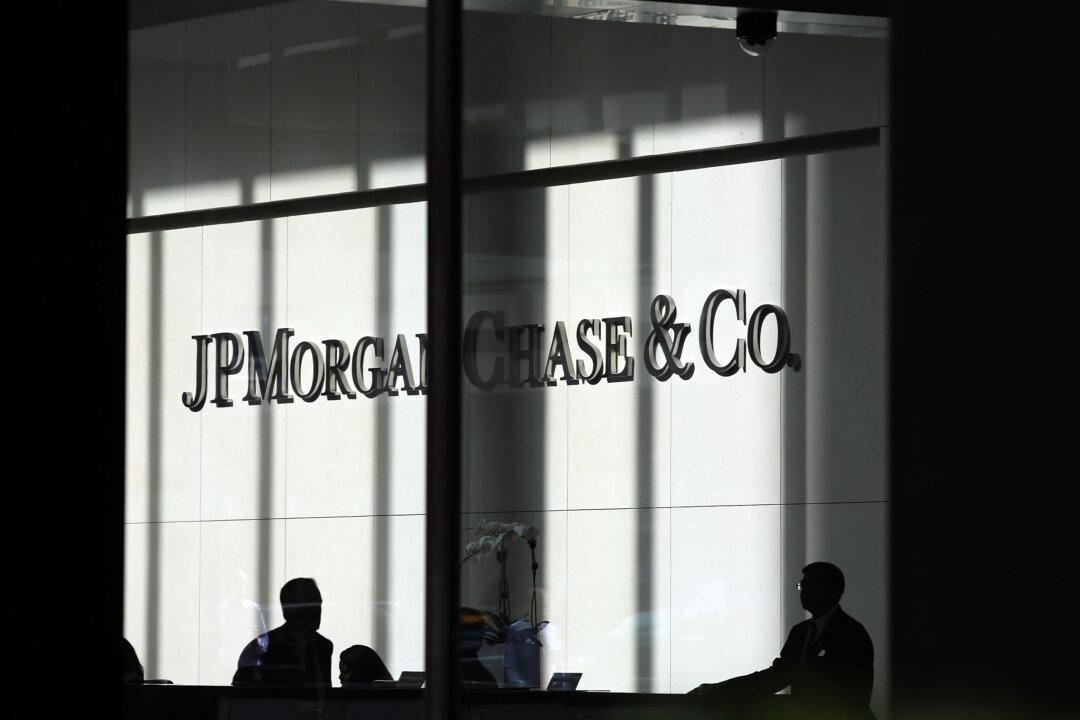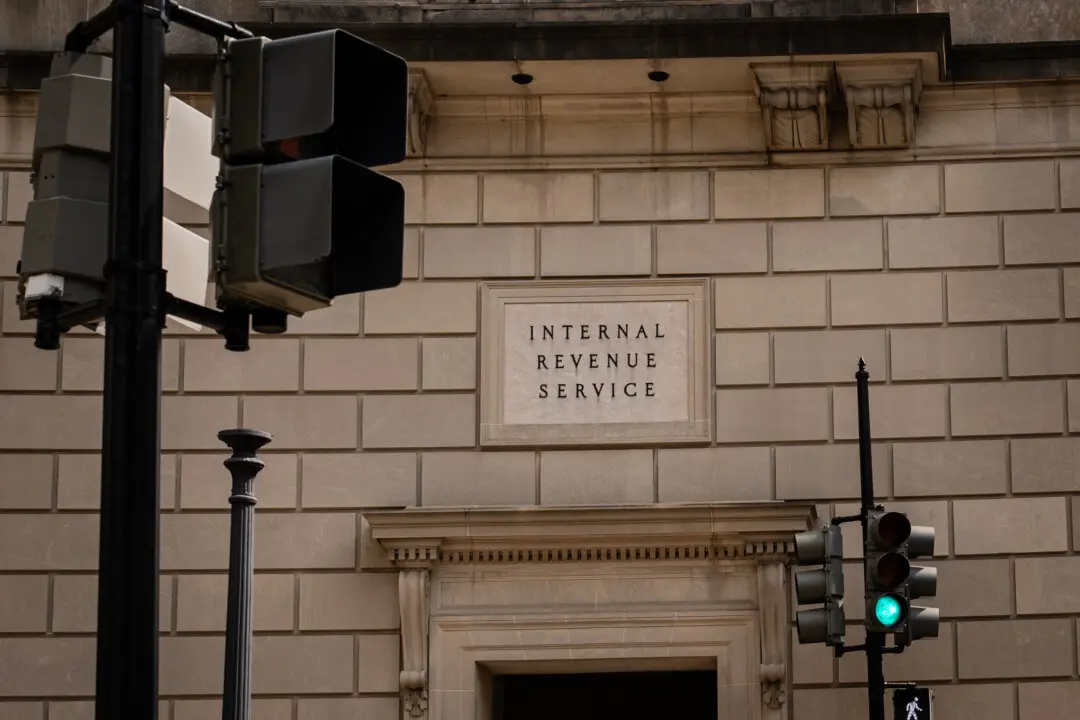Decades-high persistent inflation combined with increasing risks of an economic recession and an imminent insolvency crisis in the banking sector have resulted in a “trilemma” facing central banks, including the U.S. Federal Reserve, warns top economist Nouriel Roubini.
“Unable to fight inflation and provide liquidity support simultaneously, the only solution is a severe recession—and thus a broader debt crisis,” said Roubini in his March 30 commentary, “The Coming Doom Loop.” The impending banking crisis can be attributed to the “current regulatory regime” that allows “banks to value securities and loans at their face value rather than their true market value.





